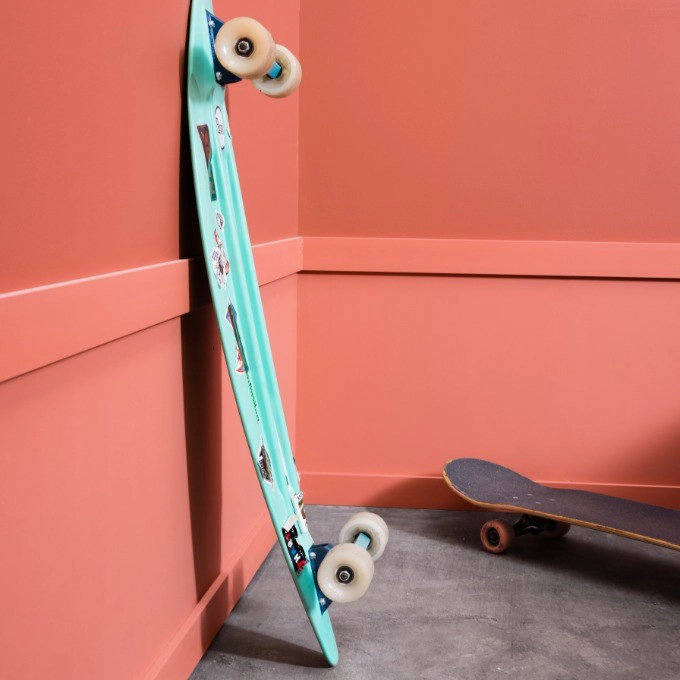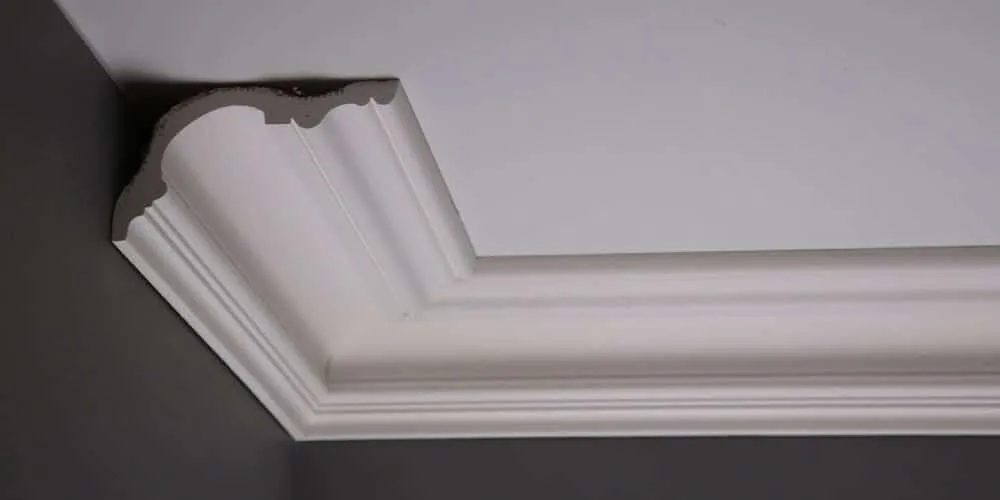News
Which Is Better: Cornice VS Coving
Before we start discussing this topic we should know what is cornices. The cornice is typically less consistent in size and considerably more decorative to create a bigger effect (though it could potentially still have the same projection and drop). A profile may therefore be 150mm across the ceiling but only 100mm along the wall (or vice versa). Additionally, the shape of the cornice can be extremely intricate, with numerous “ins-and-outs” and patterns that reflect shifting architectural trends. Let know further about cornice vs coving
Throughout history, there have been numerous design eras, including the Victorian, Edwardian, and Georgian periods as well as the pre-war Art Deco style of the 1920s and 1930s. Now, modern and contemporary designs are also being developed for the numerous homes and flats that are being constructed for owners who seek more cutting-edge style for the twenty-first century.
It is usually quite challenging to identify a specific cornice’s age or era with any degree of accuracy. The plan of the house and how remarkable the interior decorating effect would be would depend entirely on the architect and his influences (as well as those of the typically rich home owner). Sometimes even different locations would have dramatically different designs or profiles..
Read more: What is Coving and Why it is Used in a House?
Cornice VS Coving; What Is A Coving
Coving is a decorative element that goes into building architecture and is frequently thought of as the main finishing touch. The biggest advantage is that it hides less desirable items like screws and nails, assisting people in maintaining a nice and tidy appearance for the benefit of onlookers. To ensure that projects can be completed in the most appropriate way, a variety of materials, colours, and textures are available for selection.
Installing ceiling coving will completely transform a room because of the distinctive character and style that go along with their construction. Having wall coving with intricate patterns and elaborate designs will give you that extra edge because the walls themselves have taken on a straight and stiff aspect. The end result is a room with a clearer purpose and therefore more opportunity to actually realise your ideal designs.
Cornice VS Coving
Various materials are used to make cornice:
Plaster
It is heavy, fragile and costly. Frequently left unpainted, this requires care to prevent smudged hand prints when being erected. It can be painted using either oil- or water-based paint.
Polyurethane
light, strong, readily available, coloured, and patterned (such as wood effect). It may be painted with oil- or water-based paint.
Expanded Polystyrene
It is lightweight, cheap, and easily damaged. Its surface finish is that of a typical polystyrene bubble. Water-based paint can be used to decorate it (emulsion)
What Is A Cornice types
Additionally cornices come in a range of sizes; frequently, it is “equal/equal,” meaning that the edges are spaced equally apart from the corners on the wall and the ceiling. The dimension listed on the majority of packages corresponds to the cornice’s real width is 120 mm, equal/equal cornice will roughly descend the wall 82 mm.
How Does A Room Become Attractive
Coving is ideal for achieving smooth and lovely transitions between the wall and ceiling, hiding flaws while adding intricacy and a sophisticated finish. coving online collection comes in a wide range of styles, providing alternatives for both conventional period homes and contemporary new constructions. We have a tonne of coving inspiration to guide your choice of coving that complements your home’s architecture and existing interior decor.
Our thin coving is available in several different styles. We have coving styles to match the decor of your home, ranging from straightforward designs to elaborate and decorative historical mouldings, as well as flexible alternatives for curving walls or bay window locations.
Covelight Ceiling
Cove lighting, a sort of uplighting that uses light directed from a cove on one or more sides of a room to the ceiling plane to give general diffuse illumination, is one of the fundamental lighting techniques. Additionally, it is known as ambient luminescence. Cove lighting can be found inside a ceiling coffer but is often affixed to or built into a wall.
Window Cornice
Your current window coverings may be pleasing to you in terms of their appearance and usefulness, or you may be considering getting new ones. Whatever the situation, think about adding cornices to give your area a new look and more personality. Whether you want your window to stand out or blend in is a factor to take into account when deciding whether to add a cornice. That will dictate the kind and design of the cornice.
Cornice Ceiling
It usually refers to a moulding which may be plain or ornamental. In both residential and commercial structures it fulfils both an aesthetic and a practical function. On the joints of walls and ceilings it is often a moulding that is made of uniform pieces that may be placed next to one another.
Read more: Why People Do Bathroom Coving
Wood Cornice
A window cornice is an ornate structure made of wood or another material to which curtain rods with rings or hooks are affixed. Although cornices frequently feature complex designs and are gilded they are less popular today than they were when it was learned that ornate drapery can harbour dust and bacteria.
Cornice Valance
A valance box which is often made up of three large pieces of lumber is how a true cornice valance is built. The box is then covered with fabric to make a cornice valance much like a headboard would be. To achieve that “upholstered” appearance a thick layer of batting must be placed between the wood box and the main cloth. We also have different wooden valance designs for you.
Coving.Online
Your choice of coving should complement and enhance your current design. For instance, a conventional coving style would be the ideal finishing touch for the inside of a period home with exquisite details, high ceilings and spacious rooms. In contrast, if you reside in a newly constructed home, take advantage of this clean slate by selecting a style that meets your personal design preferences. We provide designs that will add a sophisticated design finish to your interior as well as designs with an attention-getting, edgy finish.
The style of coving you select should be based mostly on the architectural style of your house. On the other side, we have a variety of lovely designs for contemporary new build properties that will complement lower ceiling heights. We have some suggestions to help you transform your property into a home, including adding a touch of luxury and decorating to really bring your interior to life. Contact 07782269731 for further queries.
Conclusion:
Coving.online offers coving installation services to much of the country. Coving.online recently applied its extensive knowledge and expertise in the architectural Cornice / Coving and Ceiling Roses industry to create a line that suits a wide range of tastes and price points. To ensure that the final customer will enjoy their plaster cornices and coving for years to come, only the best materials have been utilised.


